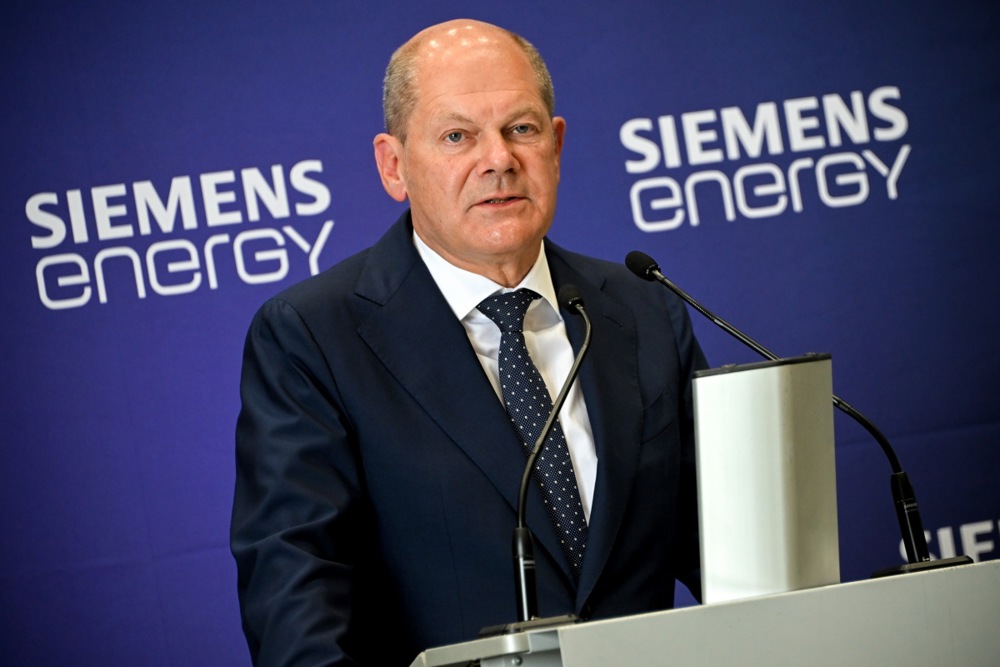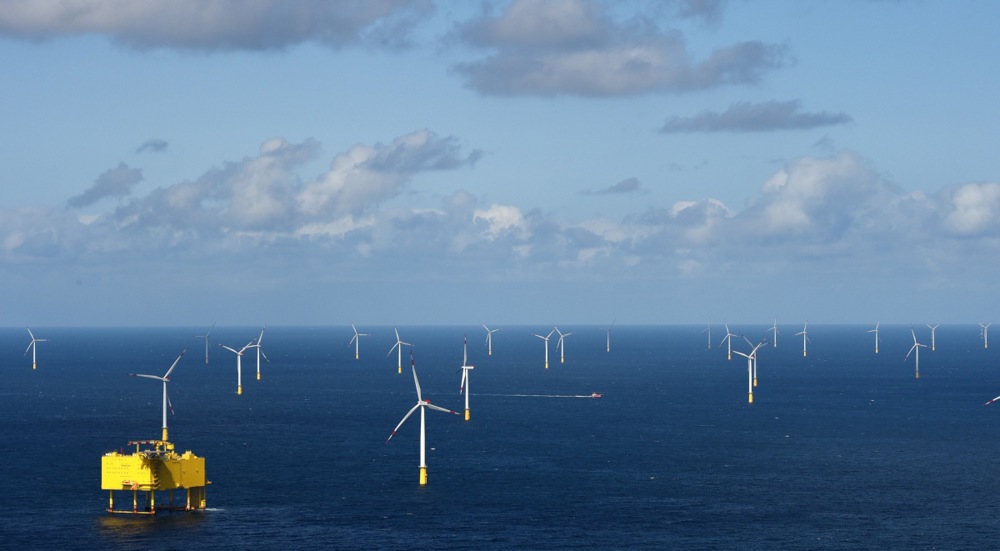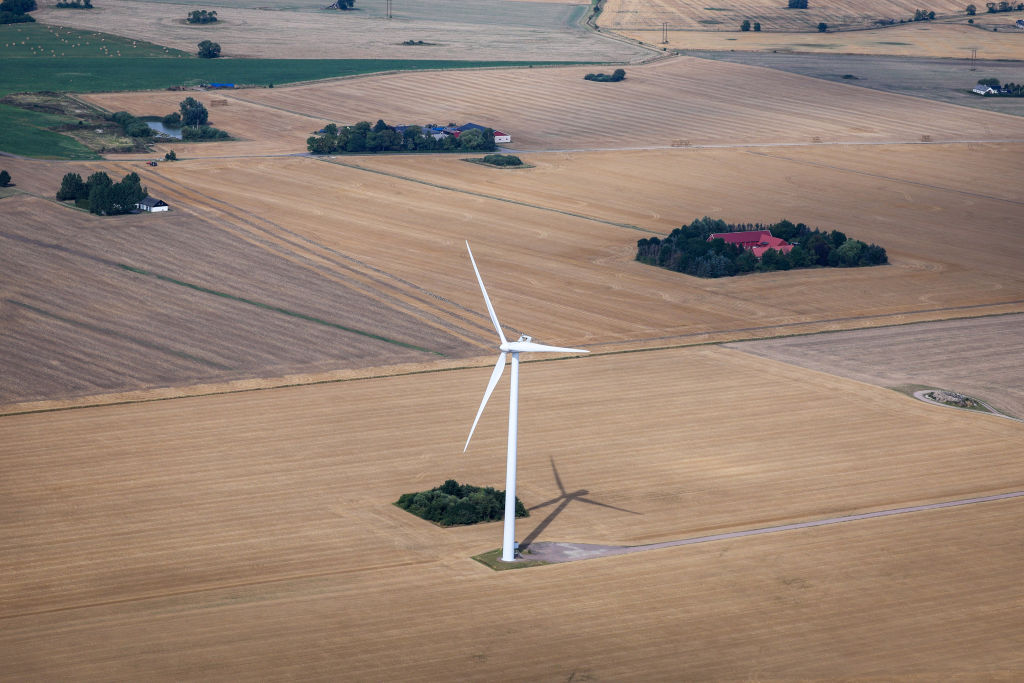Siemens Energy could cut up more than 4,000 jobs across Europe as falling demand and other economic problems take their toll on the wind industry.
The biggest headache for the German multinational comes from its subsidiary wind turbine manufacturer, Siemens Gamesa Renewable Energy.
Tough economic circumstances are forcing the company to undertake the restructuring which may result in it reducing its workforce by up to 15 per cent, according to Reuters.
A Siemens Energy company spokesperson stated that the exact number of jobs affected would be confirmed after consultations with stakeholders are completed, but said the firm had started negotiations on restructuring measures.
Among the possible cuts, 550 jobs are on the line in Denmark, 430 in Spain and 370 in Germany, according to a Bloomberg report on May 28.
“Our current situation demands adjustments that go beyond organisational changes,” Siemens Energy CEO Jochen Eickholt said in an internal communication.
“We have to adapt to lower business volumes, reduced activity in non-core markets, and a streamlined portfolio.
“The leadership team and I are aware that today’s announcement is difficult, especially considering the challenges you’ve been facing over this past year,” he added.
“But I want to underscore that our wind business, including onshore, has a future.”
Two Swedish economists have issued a warning that the country’s wind-power industry is on the brink of a wave of bankruptcies. https://t.co/OnL7zRz8XP
— Brussels Signal (@brusselssignal) March 1, 2024
Siemens Gamesa has made heavy losses in recent years.
In October 2023, Siemens requested the provision of state guarantees in Germany — an effective bailout — amid record overall losses. Berlin agreed to a sum of €7.5 billion, but that has not seemed to remove the risk of significant job cuts.
Normally, banks provide such guarantees, but lenders are becoming less inclined to do so as the wind division has now been suffering commercially for several years.
Problems for the energy giant have been exacerbated by the merger between Siemens Wind Power and the Spanish Gamesa company in 2017, creating Siemens Gamesa Renewable Energy.
The integration never progressed well, with internal conflicts said to have been rife, often over lower-than-expected profits and quality issues leading to technical problems.
In April this year, a wind turbine blade weighing 22 metric tonnes broke off a windmill in the Odal Vind wind farm in Norway. That came a month after the operation of 15 of the company’s 34 turbines was stopped because of blade damage linked to a production problem.
Last year, it turned out that the merger faced bigger technical and production issues than expected, forcing Siemens to spend billions of euros more on it.
In addition to the defects and technical issues, Siemens is also facing strong competition from China.
In an attempt to return to profitability, Siemens Gamesa Renewable Energy stated in November last year it was considering pulling out of several markets and products related to its faltering wind turbine industry. That came after Siemens reported a €4.6 billion annual net loss in the same month.
Earlier reports indicated that the market for offshore wind farms has become becalmed. Governments are finding attracting backers a struggle as subsidies for clean-tech operations are diminishing.
Last year, the four biggest Western wind-turbine makers – Vestas, GE, Siemens Gamesa and Nordex – made total sales of more than €41 billion, while combined losses exceeded €5 billion, Reuters reported.
Siemens’ problems have come amid ominous reports of a faltering German energy transition process and industrial de-growth in the country.
Rocketing energy prices are pushing investors and related operations abroad, while the government is pumping billions of taxpayers’ money into what many see as failing “green” energy projects.
Sales figures for German electric vehicles (EVs) are also tumbling, outcompeted by superior Chinese models.
At the EU level, the European Commission has responded with the possibility of tariffs against those Chinese EVs, saying Beijing has been creating false competition via subsidies.
Critics, though, have argued such tariffs will lead to more expensive and less technologically advanced EVs in Europe.
An ancient German forest featured in the fairy tales of the Brothers Grimm is being partially cut down in favour of 241-metre tall wind turbines. https://t.co/tByda88tQi
— Brussels Signal (@brusselssignal) December 6, 2023





